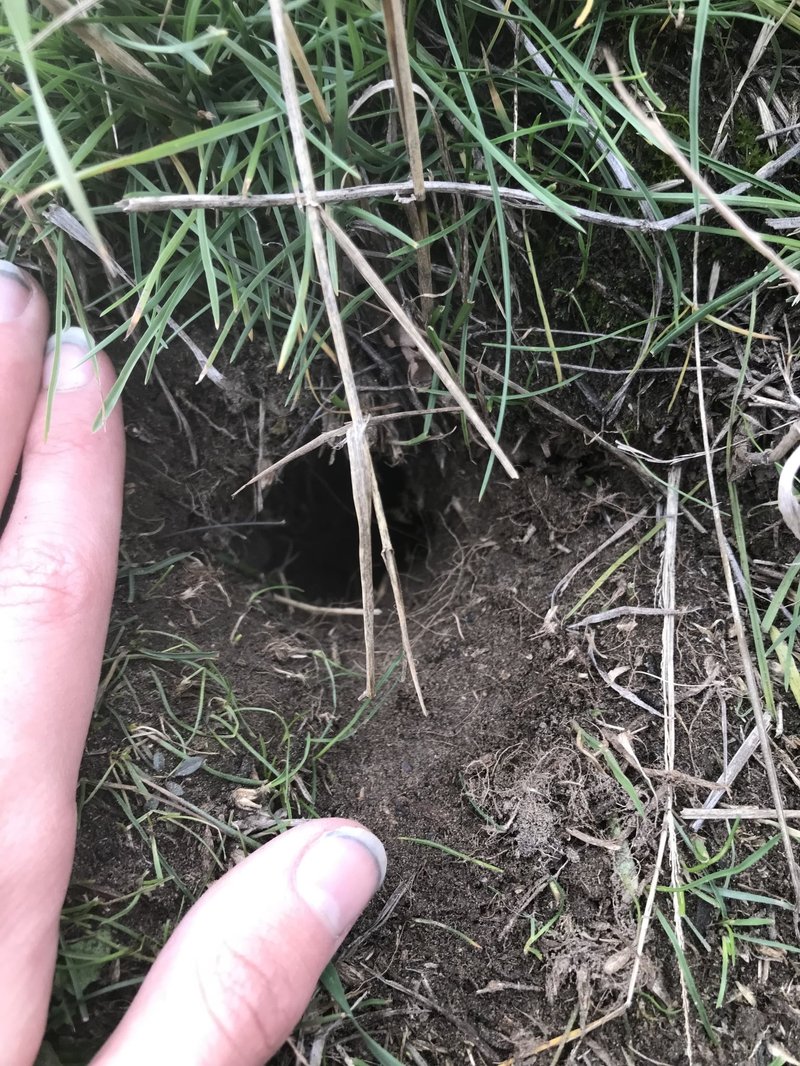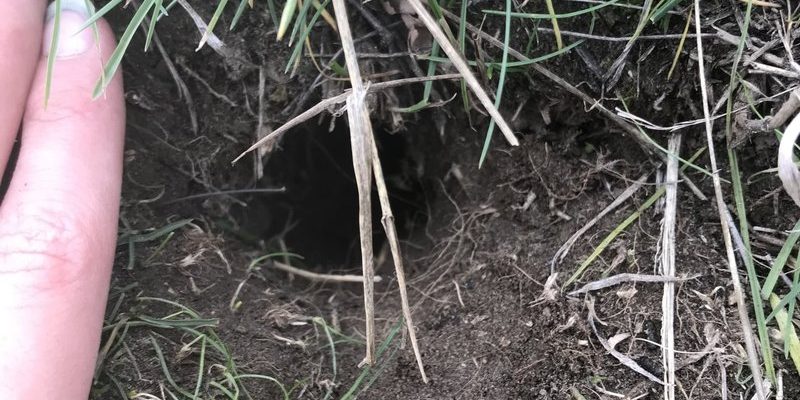
Wild rodents, such as voles and mice, create complex burrow systems for shelter and foraging. These little architects dig tunnels and chambers, where they find safety and store food. On the other hand, wolf worms, which lay their eggs in specific environments, have a different but equally intriguing life cycle. Understanding these aspects can enhance our appreciation for nature and the delicate balance in ecosystems.
What Are Wild Rodent Burrows?
Wild rodent burrows are like little homes crafted by these small mammals to protect themselves from predators and harsh weather. Think of them as cozy dens, complete with tunnels leading to multiple chambers. These burrows serve various purposes, such as breeding, sleeping, and storing food for later use.
**Rodents** are quite crafty—they dig intricate tunnel systems that can stretch several feet underground. The design can vary based on the species and their habitat. For example, a **forest meadow vole** might create a different style of burrow compared to a **desert mouse**. This diversity is necessary for their survival, as each environment has unique challenges.
You might be wondering how these burrows impact the ecosystem. Well, rodent burrows play a crucial role in soil aeration and can help plants by allowing water and nutrients to reach their roots more easily. They also provide homes for other smaller species, creating a vibrant mini-ecosystem underground.
How Do Rodents Dig Their Burrows?
Rodents dig with their powerful front teeth and paws. Their incisors are continuously growing, which is why they need to gnaw on various materials to keep them in check. With every nibble and swipe, they carve out their underground homes.
The digging process usually starts with the construction of a main entrance, which leads to a tunnel system branching off into several chambers. These chambers can be used for various purposes. For example:
- Nesting: A cozy space for raising their young.
- Food storage: A pantry for seeds and snacks gathered from the surface.
- Escape routes: Tunnels that lead to safety if a predator approaches.
As these rodents create their burrows, they often leave behind little mounds of dirt, which can help identify their activity. This is fascinating from a wildlife observation perspective—if you see these mounds in your backyard or nearby areas, it might be a sign of a bustling rodent community just below!
The Role of Wild Rodent Burrows in the Ecosystem
You might not realize it, but wild rodent burrows are vital for maintaining ecological balance. They serve several important functions:
1. **Soil aeration**: As rodents dig, they help aerate the soil, improving the growth conditions for plants. Burrowing also allows rainwater to penetrate deeper into the ground, which benefits the surrounding vegetation.
2. **Nutrient recycling**: Burrows can act as natural composters. When rodents bring food scraps and organic materials into their homes, they break these down, enriching the soil with nutrients when they decompose.
3. **Habitat for other wildlife**: Many other species, such as insects, amphibians, and even some larger mammals, can find shelter or food in abandoned burrows. This helps maintain biodiversity in the area.
4. **Seed dispersal**: Rodents often gather seeds and store them in their burrows, unintentionally aiding in seed dispersal for various plant species. When they forget about these hidden treasures, the seeds can sprout into new plants in different locations.
In short, wild rodent burrows are not just homes for rodents – they are integral parts of the ecosystem that support a wide range of life.
Understanding Wolf Worm Egg Sites
Now, let’s shift gears and talk about wolf worms. These unique creatures, scientifically known as *Diphyllobothrium*, are fascinating in their own right. Unlike the rodents we just discussed, wolf worms are parasites that primarily lay their eggs in specific environments, often associated with small mammals.
When wolf worms find a suitable host, they deposit their eggs in the surrounding area. This might include burrows created by rodents, offering them a protected and nutrient-rich environment for their eggs to develop.
One interesting thing about wolf worms is their lifecycle. The eggs hatch into larvae that require an intermediate host (often an aquatic animal) to continue developing. This intricate process showcases how interconnected ecosystems are, where one species relies on another for survival.
How Do Wolf Worms Affect Their Hosts?
**Wolf worms** are parasites, which means they can have a significant impact on their hosts’ health. Once they’ve found a suitable mammal to inhabit, they can affect the host’s growth, reproductive capabilities, and overall well-being.
Here’s the catch: while they can harm their primary hosts, they can also benefit the ecosystem in some ways. For instance, by controlling small mammal populations, wolf worms help maintain a balance within their habitats. This natural regulation can prevent overpopulation, which can lead to resource depletion.
Here’s an analogy: think of wolf worms as the ultimate roommates. They might not pay rent and can be quite bothersome, but their presence keeps things in check, ensuring that everyone in the apartment (ecosystem) has enough space and resources.
Exploring the Relationship Between Rodent Burrows and Wolf Worms
You might be wondering how wild rodent burrows and wolf worms are connected. It all comes down to habitat and survival. Rodent burrows provide not just a home for the rodents themselves but also create an environment suitable for wolf worms to thrive.
When rodent populations are healthy and flourishing, they inadvertently provide a habitat for the wolf worms’ eggs. This relationship illustrates how every creature—no matter how small—plays a role in the broader ecosystem.
By maintaining healthy rodent populations, we may be supporting the life cycles of wolf worms and, by extension, the balance of their ecosystems. It’s like a never-ending game of nature’s chess, where every player matters.
In summary, the underground world of wild rodent burrows and wolf worm egg sites is a hidden gem of nature. These tiny ecosystems may not always be visible to us, but they play a massive role in maintaining balance in our environment.
Whether it’s the intricate tunnels crafted by rodents or the fascinating lifecycle of wolf worms, every element contributes to the rich tapestry of life. By understanding these dynamics, we can appreciate and protect our natural world just a little bit more. So next time you see a rodent mound or think about the complex lives of parasites, remember that there’s a whole world down there, bustling with life and interconnectedness!

